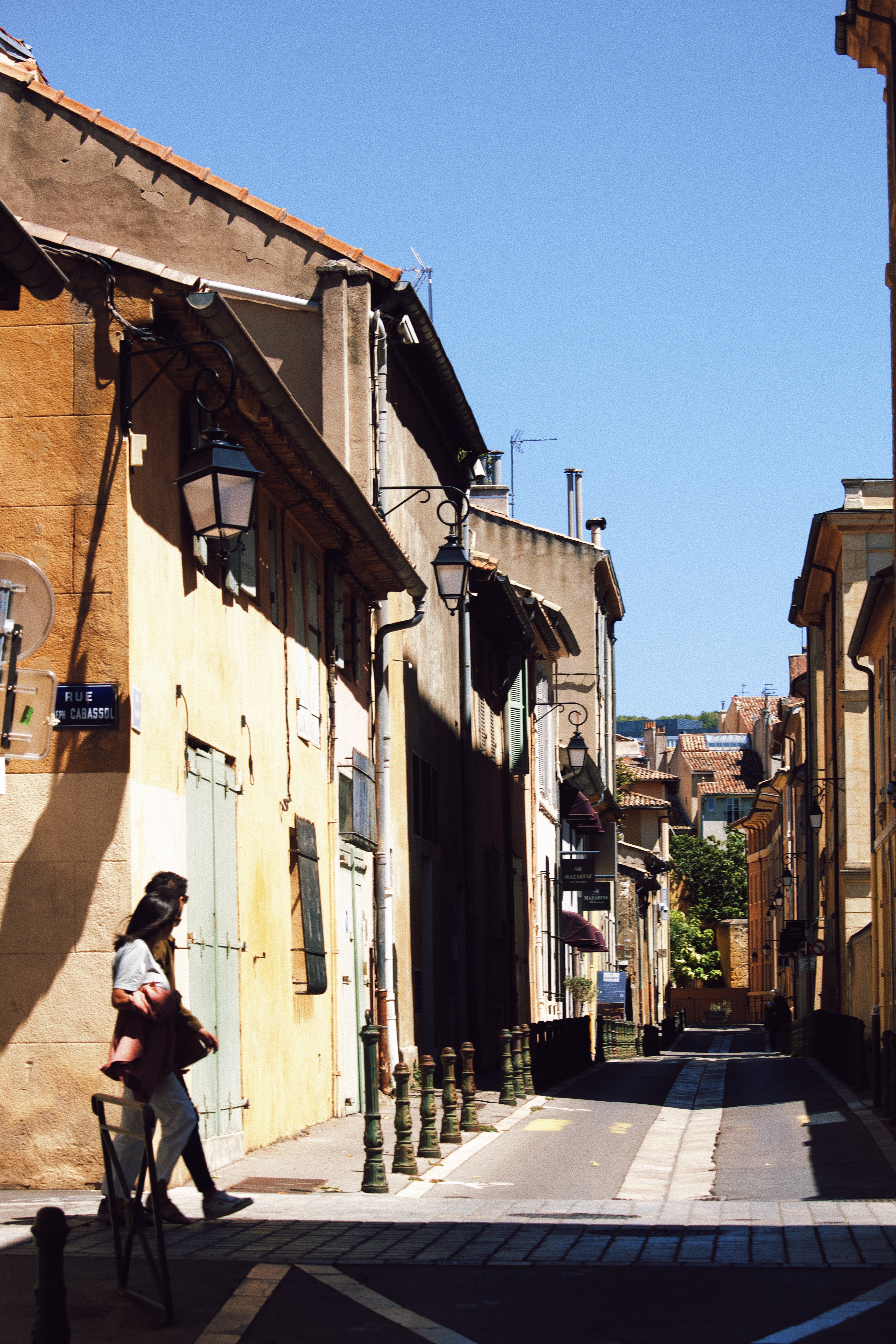 From Lavender to Solar Farms: Provence’s New Economic Model
From Lavender to Solar Farms: Provence’s New Economic Model
For centuries, Provence has been defined by its postcard-perfect landscapes: rolling hills of lavender, olive groves, and quaint villages glowing under the Mediterranean sun. But today, alongside fields of purple flowers, a new kind of harvest is rising—gleaming rows of solar panels. As climate pressures mount and rural economies falter, Provence is undergoing a quiet transformation, shifting from traditional agriculture to renewable energy. This is the story of a region reinventing itself—one solar farm at a time.
The End of an Era?
Lavender fields have long been a symbol of Provence’s romantic appeal, drawing millions of tourists every summer. But behind the beauty lies economic hardship.
Many small-scale farmers are struggling:
- Global competition has driven down prices for lavender essential oil.
- Climate change is making droughts more frequent, hurting harvests.
- Rural depopulation has left villages with aging populations and shrinking labor forces.
Faced with these challenges, landowners have begun leasing parts of their land to solar energy companies. In some cases, entire farms have transitioned from agriculture to renewable energy production.
Why Provence? Why Now?
Several factors have made Provence ideal for this transformation:
- Abundant Sunshine: With over 2,800 hours of sunshine per year, the region ranks among France’s sunniest.
- Government Incentives: France’s push for carbon neutrality by 2050 has come with strong subsidies and favorable tariffs for solar energy projects.
- Local Buy-In: Unlike controversial wind farms, solar installations can often coexist with grazing animals or even be elevated to preserve biodiversity on the ground.
As a result, Provence is now home to some of the largest solar farms in France, including the vast installation at Cestas, not far from Aix-en-Provence.
Tensions in the Fields
Not everyone is thrilled by this shift. Critics argue that:
- Large-scale solar farms can disfigure the iconic Provençal landscape, impacting tourism.
- Energy projects risk displacing small-scale agriculture, further eroding the region’s rural identity.
- Some installations have sparked protests from environmentalists, who worry about habitat loss for local wildlife.
The challenge is balancing economic renewal with ecological integrity and cultural preservation.
A Hybrid Future: Energy and Agriculture Together
A promising development in this story is the rise of agrivoltaics—the combination of agriculture and photovoltaics. By placing solar panels high above the ground or spacing them to allow sunlight through, farmers can grow crops or raise animals underneath the panels.
In Provence, experiments with lavender and solar coexistence have already begun. The partial shade can even protect plants from extreme heat and drought, turning the technology from an intruder into an ally.
Local Economies, Global Impact
For small communities in Provence, solar projects mean steady income. Lease payments from energy companies help keep family farms solvent, and revenue-sharing schemes ensure that local governments benefit as well.
Moreover, Provence’s shift isn’t just local—it feeds into France’s broader energy strategy. As the country works to reduce its dependence on fossil fuels and nuclear energy, renewables like solar are playing a critical role.
Conclusion: Provence 2.0
The image of Provence is changing. Lavender fields will likely remain, but alongside them will be sleek rows of solar panels—symbols of a region choosing adaptation over decline.
In the end, the future of Provence may not be a choice between flowers and photovoltaics, but a blend of both. It’s a story of resilience, innovation, and finding beauty not just in the past, but in the possibilities of the future.